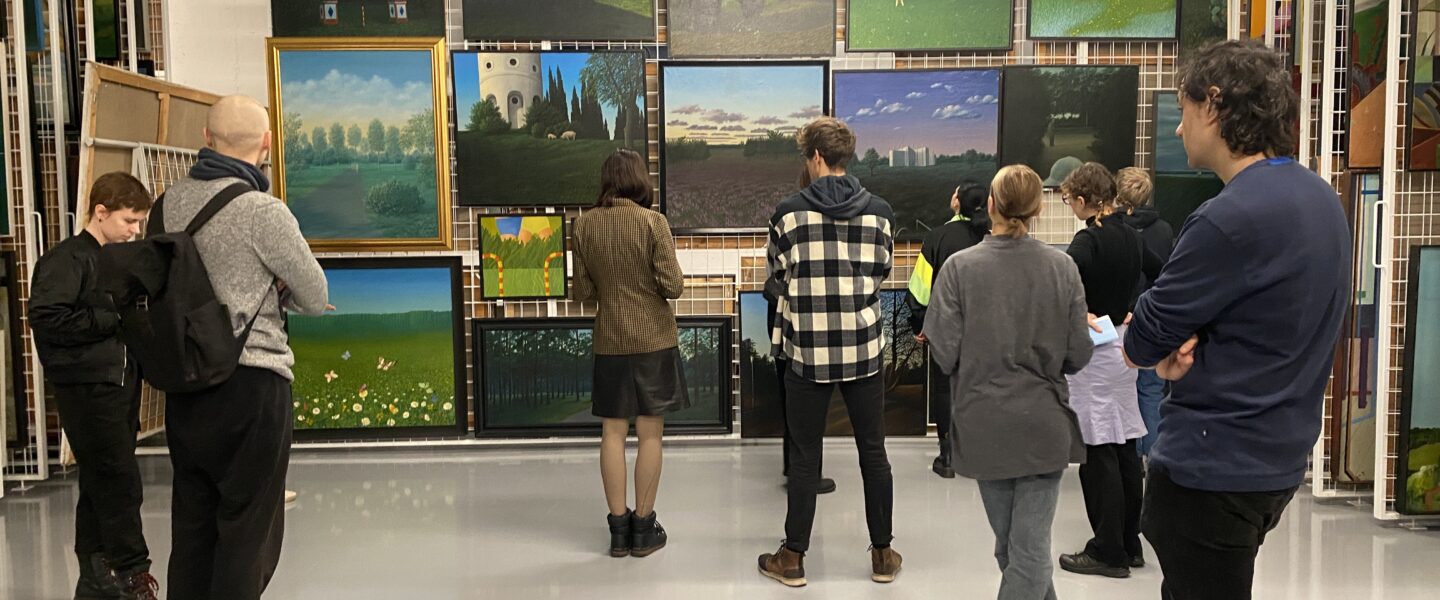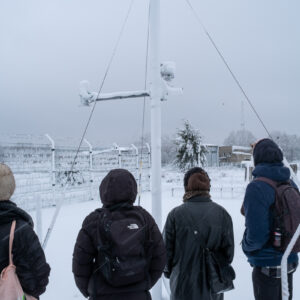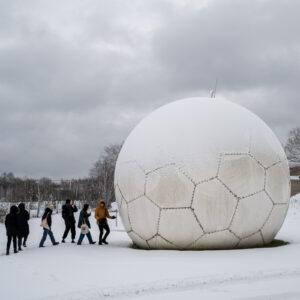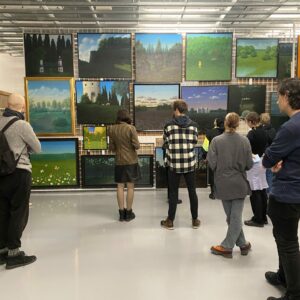
Title of course: Among Clouds
Teaching period: online 13.03 and after the course,
Physically: in Estonia, Tallinn, EKA 19-24.03.2023
Teachers: David K. Ross, guest lecturer Helmut Völter
ECTS: 3 ECTS
Level: BA/MA
Application deadline: 15.02.2023
How to apply: Please fill in the Google Form
Location: EKA (Estonian Academy of Arts)Tallinn, Estonia
Available places for students: 18
Grant: ERASMUS grant, ask from your home university about the availability of it
This is an ERASMUS Blended Intensive Programme
Course description:
Among Clouds
What do clouds portend?
– Greg Bordowitz
Floating between weather and wonder, this course looks at the idea of the cloud as it has gathered inthe minds of visual and spatial practitioners, visionaries, critical thinkers, engineers, scientists, and poets over the ages.
From the Greek playwright Aristophanes to 18th-century balloon explorations to the iCloud, humans have put themselves and proxy selves into and amongst the clouds. And while we have been joining clouds, they have also been joining us: transforming from ancient myths, drifting down from cathedral ceilings, hovering on walls within landscape paintings, gradually appearing in the photographic image, and dissipating into social networks. Presently, the three intermingling clouds of war, computing, and weather are bearing down upon us, and we would do well to understand their properties by looking up to the sky and down at our devices to understand their impact.
The course first provides a meteorological overview of actual clouds – how they have been observed, named, and classified. In learning the basics of cloud identification, students will transpose this practical knowledge into a more comprehensive understanding of symbology and metaphor. In short, we will undertake to answer the question: what cultural, technological and social meanings have been assigned to clouds, and by whom?
The course is designed to integrate with students’ own interests and pursuits, crossing multiple fields of inquiry, from various forms of artistic production to historical and technological investigations. Field trips during the course include visits to art museum collections, a 13th-century observation tower, a weather station run by the Estonian Environmental Observatory, and the largest data center facility in the Baltics.
The acceptance or declination letter will be sent to the applicants no later than March 1.
In case of any questions please contact: Keidi Jaakson by email keidi.jaakson@artun.ee
![]()



